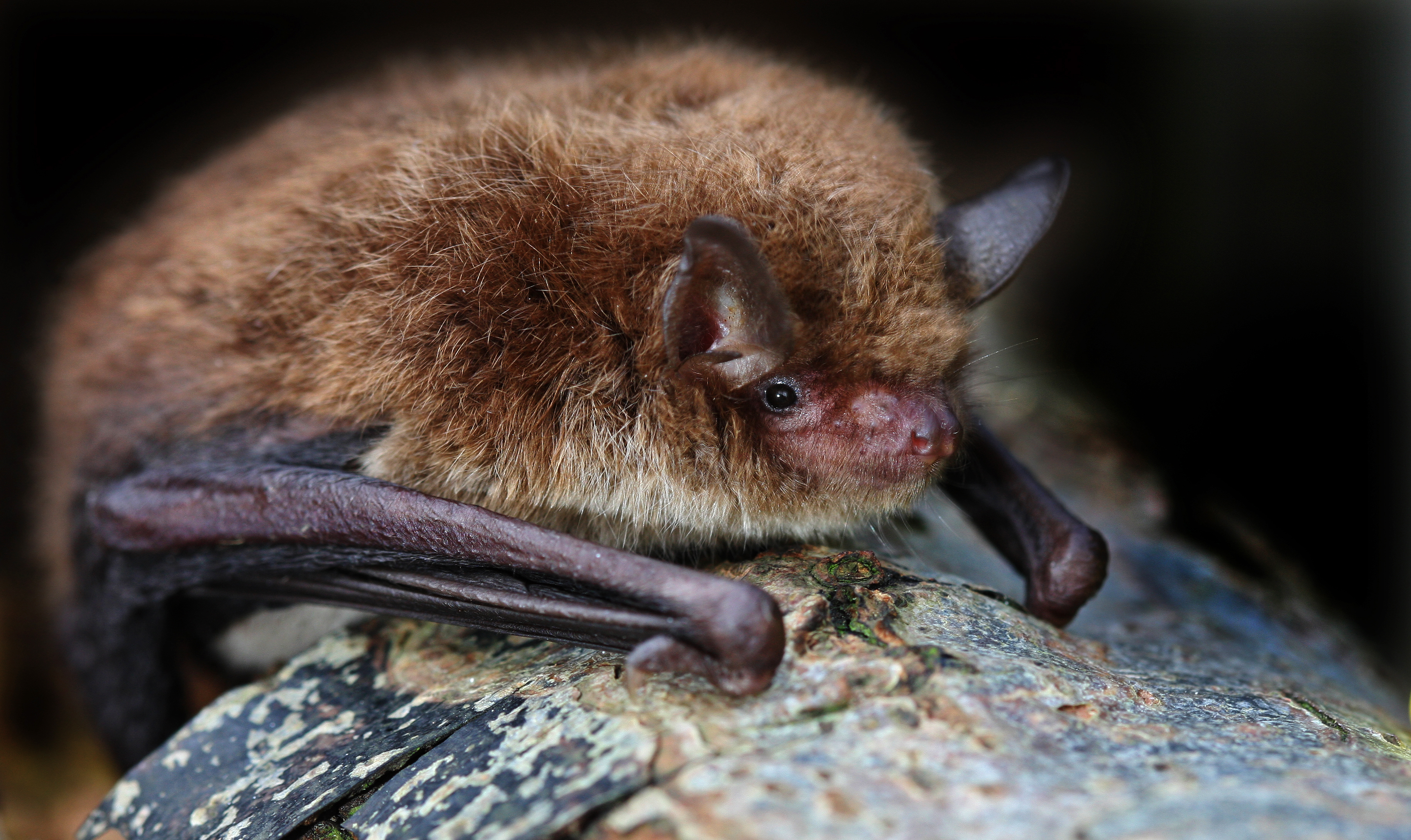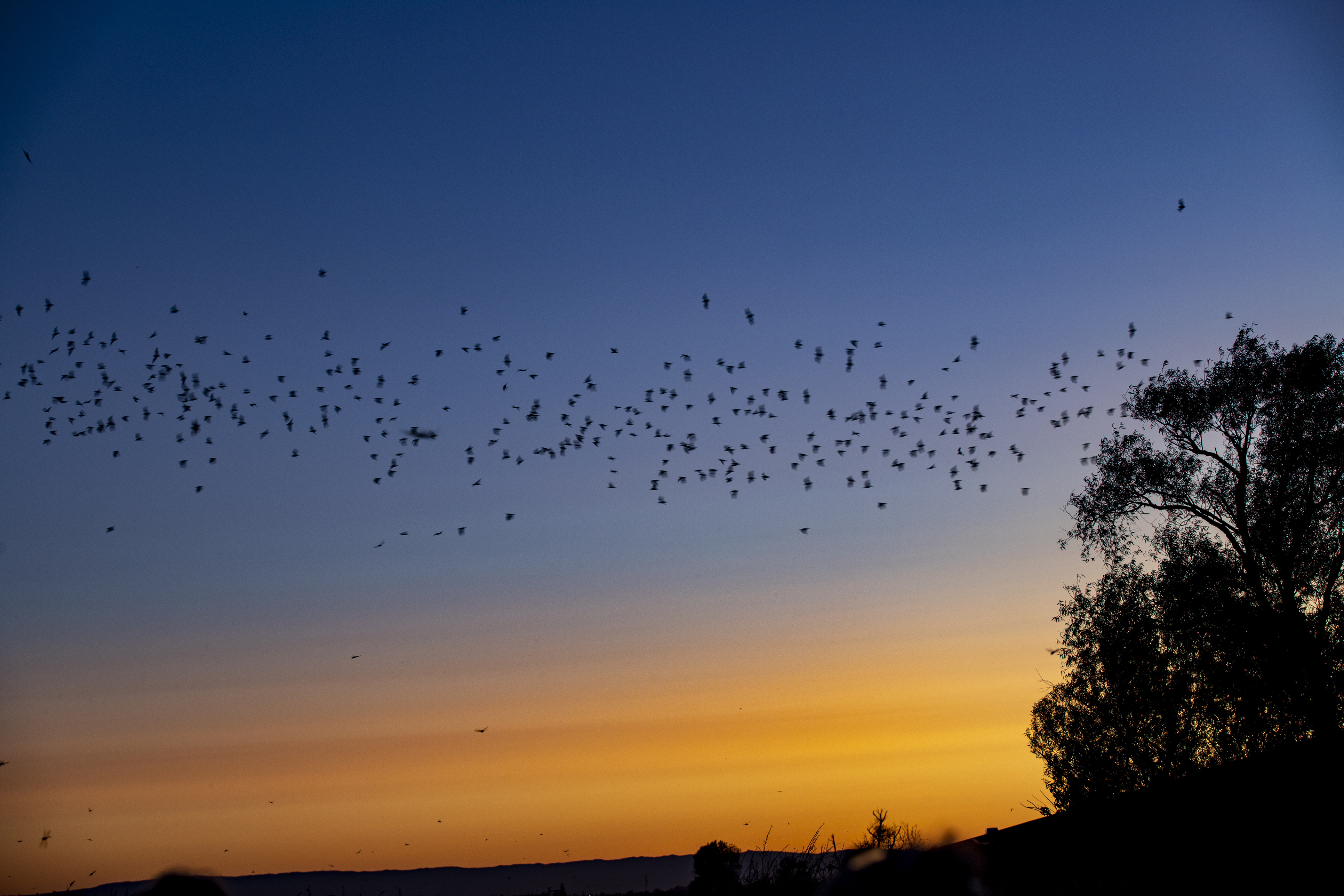Celebrating World Wildlife Conservation Day
Posted December 4, 2023
Celebrating World Wildlife Conservation Day
Every year on December 4th, we observe World Wildlife Conservation Day, a day dedicated to spreading awareness about the crucial need for preserving and conserving the natural world, including plant life and wildlife. An integral aspect of our ongoing commitment to this cause involves supporting the Endangered Species Act—a pivotal piece of legislation that has played a vital role in safeguarding some of our most cherished species for the past 50 years. While the spotlight often gravitates towards some of the more recognizable endangered species like the gray wolf (Canis lupus) and jaguar (Panthera onca), it’s essential to recognize and address the conservation challenges faced by species closer to home.
A significant milestone occurred on March 31, 2023, as the United States Fish and Wildlife Service (USFWS) officially reclassified the northern long-eared bat (Myotis septentrionalis) from a federally threatened species to an endangered species. Concurrently, on the same day, the northern long-eared bat was also designated as endangered in New York State (NYS), further emphasizing the urgency for protective measures.
CHA’s Ecological Team is deeply involved in habitat restoration projects, emphasizing a commitment to sharing information for protecting essential species, such as bats, in our ecosystem. On this World Wildlife Conservation Day, our dedicated scientists are eager to highlight the recent reclassification of the northern long-eared bat (Myotis septentrionalis). This change in status underscores the urgent need for collective action to protect and support these species.
The northern long-eared bat, spanning 37 states in the eastern and north-central United States, the District of Columbia, and all Canadian provinces from the Atlantic Coast to the southern Northwest Territories and eastern British Columbia (USFWS, 2022), faces a critical threat of extinction. During winters, these bats mostly hibernate in caves and abandoned mines, while in summers, they tend to roost alone or in small clusters under tree bark, cavities, or crevices. They emerge at twilight, flying primarily through open to semi-open understory of forested areas, foraging on insects.
Current research has shown that the northern long-eared bat faces extinction due to range-wide impacts from a disease known as white-nose syndrome (Pseudogymnoascus destructans). White-nose syndrome is a fungus affecting cave-dwelling bat species across North America and the neighboring Canadian provinces. The disease infects the skin of the muzzle, ears, and wings of hibernating bats, resulting in a cascade of physiologic disruptions that can lead to death from dehydration or starvation (USGS, 2016). This disease, as well as habitat loss, prompted the status change for the northern long-eared bat.
Recognizing the potential influence of this reclassification on project development, the USFWS developed specific consultation tools to help the industry comply with the new rule, replacing the 4(d) Rule with a “determination key” that permits developers to receive automatic verification of compliance for certain projects.

According to USFWS, bats, including the northern long-eared bat, play a crucial role in pest control, pollination, and seed dispersal, saving over $1 billion annually in crop damage and pesticide costs in the U.S. corn industry alone. As bats continue to decline in population, their impact will become more troublesome to our ecosystem. To safeguard bat populations, it’s critical to avoid disturbing their habitats, including dead and dying trees commonly used as summer roosting sites. The NYS Department of Environmental Conservation (NYSDEC) has imposed tree-cutting restrictions when bats are roosting in trees during spring and summer. However, between November 1 and March 31, when bats are inactive in hibernation, they allow and push for best management practices of clearing/cutting trees (NYSDEC, 2020). The NYSDEC also restricts cutting trees inside the ¼ mile buffer around any bat hibernaculum (NYSDEC, 2020). Following these guidelines helps protect bat habitats and contributes to the overall conservation of these important species.
CHA’s Ecological Team has conducted numerous habitat assessments to identify the presence of bat habitats on various sites. With expertise in bat emergence and tree surveys, our team is well-equipped to assist clients in utilizing the USFWS determination key. Whether evaluating existing conditions or aiding in compliance measures, our team ensures a thorough understanding of bat habitats and contributes to informed decision-making in ecological assessments.
For more information on the preservation and conservation of the northern long-eared bat, visit the United States Fish and Wildlife Service at https://www.fws.gov/species/northern-long-eared-bat-myotis-septentrionalis or the NYSDEC at https://www.dec.ny.gov/animals/106713.html.
If your project involves potential ecological constraints, particularly related to bat issues, please get in touch with CHA’s Ecological Team. We're here to provide expertise and assistance, making sure that ecological considerations are effectively addressed in your project planning and implementation.
References
NYSDEC. (2020) Protection of Northern Long-eared Bats - NYS Dept. of Environmental Conservation. NYSDEC. https://www.dec.ny.gov/animals/106090.html. Accessed 10 Nov 2023.
USFWS. (2022) Northern long-eared bat (Myotis septentrionalis): U.S. Fish & Wildlife Service. FWS.gov. https://www.fws.gov/species/northern-long-eared-bat-myotis-septentrionalis. Accessed November 10, 2023.
USGS. (2016) White-nose syndrome in North American bats— U.S. geological survey updates. National Wildlife Health Center. https://pubs.usgs.gov/fs/2016/3084/fs20163084.pdf. Accessed 10 Nov 2023.